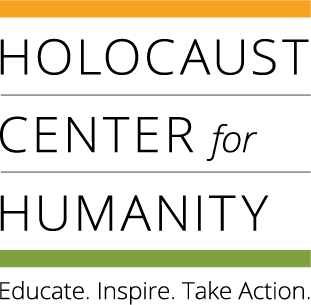Battle of the Third Reich
The tradition of collectable cards sold in cigarette cartons dates back to 1895, but World War II marked a renaissance for the medium. These cards, manufactured in Dresden and Berlin by the Cigarettenfabrik Constantin, advertise a new start for the country using the slogan "Germany Awakens." Popular among young Germans who had grown up impoverished post World War I, the cards were manufactured limited edition sets which could be pasted into an album for safekeeping.
Ironically, the cards were printed despite the Nazi's rabid anti-smoking campaign. Hitler was the driving force behind the program, believing that by smoking, the "master race" was jeopardizing their genetic superiority. By the early 40s, smoking on public transportation and in bomb shelters was widely illegal. Women, especially pregnant women, were the targets of the harshest anti -smoking propaganda. Soon, restrictions on tobacco advertising were created, banning cigarette ads in rural areas, on train lines, and in race tracks. Furthermore, portraying smoking as a masculine virtue (akin to the American "Marlboro Man") was forbidden.
However, the Nazi war on tobacco was full of contradictions. Soldiers were still rationed cigarettes, and Nazi Party magazines featured pictures of models smoking. By 1941, tobacco was taxed at near 90% of retail price and accounted for 12% of government revenue.
Perhaps in an effort to both appease Hitler and boost sales in the face of the public's new wariness of tobacco, cigarette companies revived the tradition of trading cards. The tinted photographs and illustrations transitioned from images of the Berlin Olympics, screen actors and animals to become more focused on depicting Nazi propaganda.
Nuremberg Rallies 1923
Held in September of 1923, "The German Day Rally" was a meeting and parade of the nationalist parties of Germany. It acted as a model for future Nuremberg Rallies that would be held by the Nazis annually until World War II. Nuremberg was chosen for its idyllic Bavarian location and because the local Nazi leader there, Julius Streicher, was a trusted colleague of Hitler's. Streicher can be seen in standing next to Hitler in card 16.
The Nuremberg rallies grew in importance over the years, eventually lasting for a week and attracting half a million people. The rallies were perfect opportunities to flaunt the new Germany's military might and compel her citizens to blindly support the Nazi cause. Adolph Hitler and other top officials attended the anticipated event without fail. Every year, the rally had a theme and each year a speech was made to celebrate the theme. Oftentimes, a similarly themed propaganda film would be filmed at the rally.
Reichstag Fire
The dark colors of this card convey the gravity of the event it depicts; the arson of the German parliament, or Reichstag. Lit only by the sinister flames that engulf the grand building, the card expresses the Nazi attitude towards the fire.
On February 27th, 1933, the Berlin's Reichstag building was burned was destroyed in an arson fire. To this day, the origins of the fire are unclear, but the Nazis blamed communists and exploited the event to win approval for an emergency "Decree of the People and the State" issued by then President Paul von Hindenburg. The so-called "Reichstag Decree" eliminated freedom of speech, freedom of the press and right to assembly and granted absolute power to the Nazi coalition government under Adolf Hitler. A few months later, the Nazis would overthrow the German state governments, establish the first concentration camp, and grant absolute power to Chancellor Adolf Hitler. Only a week later, the first official boycott of Jewish goods was implemented.
The Brown House, Munich
If not for the menacing Nazi flag, the so-called "Brown House" would look like an affluent urban home. In fact, that's what it was until Elizabeth Barlow, an English widow, sold the "Barlow Palace" to the growing Nazi Party in 1930. It was then converted into an office building and opened as the head quarter of the Nazi Party in 1931. The Brown House contained Hitler's main office, which featured a life size portrait of Hitler's idol, Henry Ford. The Party's Supreme Court and the Reich Press Office were also located in the house.
The Brown house was virtually destroyed during the Allied bombings of the 40s, and the rubble was cleared in 1951. The lot remained empty until 2008, when construction began on a new museum dedicated to teaching and remembering the city's political past. The Munich Documentation Centre for the History of National Socialism is slated to open in April 2015.
